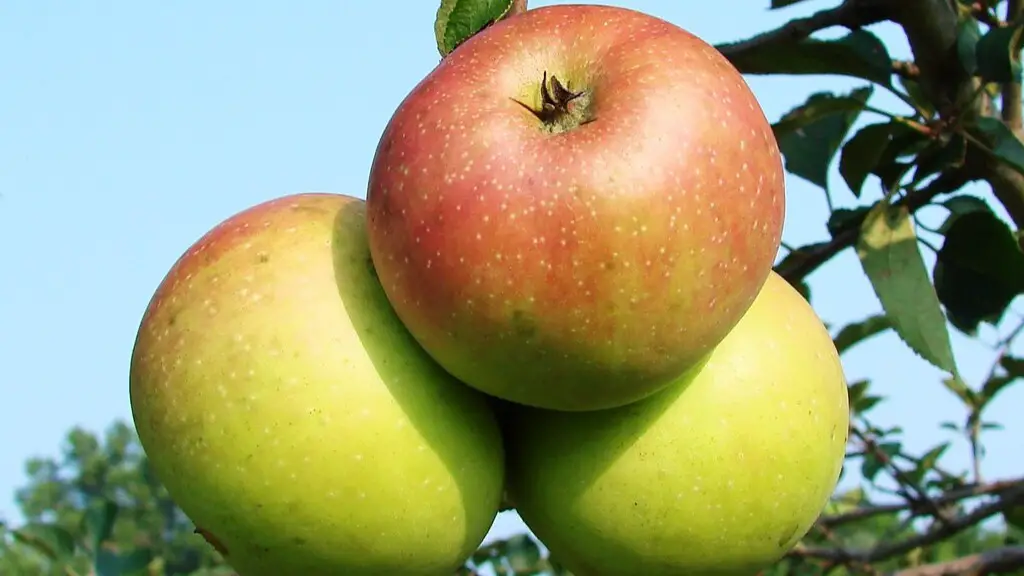Introduction
Avocado trees (Persea americana) are small to medium evergreen trees cultivated for their nutritious fruit, often referred to as avocados. These trees are native to Central America and Mexico and are now grown in many tropical and Mediterranean-climate areas. Identifying an avocado tree may appear daunting to a beginner, but with a bit of knowledge and practice, it can be done easily and confidently.
Leaves
The leaves of the avocado tree are highly distinctive. They are thick and leathery, glossy green in color and approximately six to twelve centimetres in length. They also typically have small teeth along the edges and a blunt base. As the avocados mature and age, older leaves will yellow and develop black spots.
Fruit
Avocados produce light green, smoke-shaped fruit that come in various shapes and sizes. Some varieties may mature over 13cm in length. The fruit are dark green in color and have an oval shape. Some varieties may have a bright green color when ripe. When squeezed, the fruits should be slightly soft.
Trunk and Branches
The trunks of the avocado tree are typically grey in color with a smooth, peeling bark. The branches are fairly straight with light green leaves that hang down. The avocado tree grows well with branches growing to the ground level or above. The leaves and branches of the avocado tree tend to be more abundant when the tree is growing in a shaded area.
Roots
The roots of an avocado tree are very deep but do not spread out too far. The roots are just as important to an avocado tree as the trunk and branches. Healthy root system helps to keep the avocado tree firmly in the ground and helps it to retain water and nutrients. The tree needs regular water and fertilizer to maintain healthy roots.
Flowers
The avocado tree produces small white or pink flowers which are hermaphrodites with both male and female parts in the same flower. They have a sweet fragrance and can appear in clusters of up to 300 blooms. The flowers bloom in late spring or early summer and typically last for a few weeks.
Soil Type
Avocado trees are sensitive to soil type and will only grow well in certain conditions. The tree does best in soil that is rich and well-drained. The pH level should be between 6 and 7.5. The soil should also have a good amount of organic matter.
Climate
The avocado tree is a tropical plant, so it does best in warm, mild climates with little or no frost. Avocado trees need a lot of sun during the summer months, but also prefer cooler winter months with adequate rainfall. The tree cannot tolerate temperatures below 10°C or any frost.
Pruning
Pruning is an important part of caring for an avocado tree. Pruning helps to keep the tree healthy, increase production and remove any dead or diseased branches. Pruning should be done in the late winter or early spring before new growth begins. The branches should be pruned just above the branch collar; cuts should be clean and not too close to the trunk.
Fertilizer
Fertilizer is important for helping the tree develop and grow strong. A good fertilizer should be balanced and should include nitrogen, phosphorus and potassium. Organic fertilizers such as compost or manure can also be used. Fertilizer should be applied at least once per year, usually in the spring or early summer.
Harvest
When harvesting avocado fruits, it is important to do it correctly. The fruit should be left on the tree until it is ripe, as it will not mature once picked. Typically, it takes about 5-6 months for an avocado to reach its peak ripeness. The fruit should be picked with gentle pressure and not pulled off the tree.
Care and Maintenance
Avocado trees need regular watering and fertilizing to remain healthy and to increase the production of fruit. They also require regular pruning and maintenance to keeps the branches healthy and strong. The tree should be inspected regularly for any signs of disease or pests. Mulching around the base of trees will help to retain moisture and enrich the soil.
Pest and Disease Control
Avocado trees are susceptible to numerous pests and diseases, including root rot, scale insects and thrips. Identification of these pests and diseases is key to prevent significant damage to your tree. Regular inspections of the tree’s leaves, bark, fruit, and roots can help in identifying potential problems. If an infestation is found, treatment with insecticidal soap or other insecticides can be done.
Proper Planting
When planting an avocado tree, it is important to ensure that the tree is planted in the correct position and soil type. The tree should be planted in full sun and in soil that is rich and well-drained. The root ball should not be disturbed and the tree should be watered thoroughly after planting. The tree should then be covered with mulch to help retain moisture and keep the roots cool.
Conclusion
Identifying an avocado tree may seem intimidating at first, but with a little knowledge and practice it can be done easily. Paying attention to the leaves, fruit, trunk, branches, roots, flowers, soil type, and climate can help in properly identifying an avocado tree. Additionally, regular care and maintenance, including pruning, fertilizing and pest and disease control, is necessary to keep the tree healthy and productive.


